Starting a new diet based on health can be daunting. Not only do you need to adjust what you cook, but your monthly expenses also change as a result of a different grocery list. Many people think that starting a plant based diet is expensive, and therefore unrealistic considering their budget. However, it is certainly possible to follow a whole food plant based diet on a budget, even a strict or limited one. And remember how costly, both to your pocketbook and health, eating meat and dairy can be.
Additionally, cutting out processed foods can reduce your hunger and appetite, returning it to what you naturally need to sustain yourself. Not only will this affect your overall health for the better, but you may also enjoy a lower food expense as a result.
How can you eat a whole food plant-based diet on a strict budget? Here are some cost saving tips for when you visit the grocery store. It even works at more expensive grocery stores, like Whole Foods (the closest full grocery store near my house).
Beans and lentils
Beans and lentils are healthy, inexpensive, easy to find, versatile and often available in bulk to reduce their overall cost. They are a great source of protein, full of fiber, are filling, and incredibly easy to cook with. You can use beans and lentils in both sweet and savory dishes, so you have a wide range of recipes you can work with too.
Beans can be purchased canned and ready-to-eat, or dry. Beans are inexpensive cooked or dry, but dry beans are a small fraction of the cost of cooked beans. And because this article is about thriving on a budget, you will probably want to opt for the dry version.
Dry beans need to be soaked before you work with them in recipes, or thoroughly cooked. But soaking is easy to do: add water, and let them sit (overnight or even up to a couple days). While easy to do, make sure you do a quick google search to ensure you cook or soak the type of beans you are working with for the correct length of time (some beans, like kidney beans, need to be thoroughly soaked or they are unhealthy to eat). Should you cook them or soak them? It’s up to debate, but here is an interesting article about soaking vs. cooking beans on LA Times.
To save the most on beans, visit the bulk section of your grocery store and buy them dry. Whole Foods in our neighborhood offers a large variety of dried beans. You can also find bulk beans online. They tend to average around $2-3/lb all-in shipped to your door, but of course if you shop around I reckon there are deals and coupons to find. Do note that beans do a have a shelf life and eventually suffer a reduction in quality and cook-ability. Also make sure you store them safely so you do not run into unexpected critters who beat you to your food.
Here are a couple of spots that offer bulk dry beans (both non-GMO):
- Pinto Beans, 25lb bag ($2/lb)
- Chickpeas, 5lb bag ($3/lb)
Whole grains and potatoes & avoid refined carbs
Whole grain foods and potatoes are inexpensive and healthy parts of a plant-based diet. So what is a whole grain? As stated on WebMD:
A whole grain contains all edible parts of the grain, including the bran, germ, and endosperm. The whole grain may be used intact or recombined, as long as all components are present in natural proportions.
These foods (as carbs and starches) often get a bad rap, but it’s often not deserved, or completely deserved. You want to avoid processed grains (and other processed foods). Processed grains, sometimes called “simple carbs” (other refined carb-laden foods like sugar are also called this), are refined and not healthy like their whole grain origin. So you want to make sure that when you seek a whole grain that it is indeed intact. Some examples of whole grain are whole oats/oatmeal, whole-grain barley, millet, brown rice and wild rice, and whole kernel corn (or popcorn). You will also have to be cautious of some labels, which will sell a refined grain and market it as natural and “100%” of something, but in truth it is refined and processed. So just be aware and read the ingredients carefully or research online before you purchase.
And of course, whole grains are easy to find in bulk at a discount in the bulk section of your grocery store or online.
Here are some more healthy whole grains from Mayo Clinic.
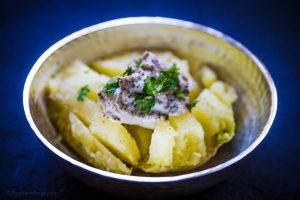
And finally, the lowly potato in its unprocessed form is also a healthy food to enjoy as part of a plant based diet. For some of the benefits to find in the potato, refer to this resource on the WHFoods.org site.
Nuts, seeds, and legumes
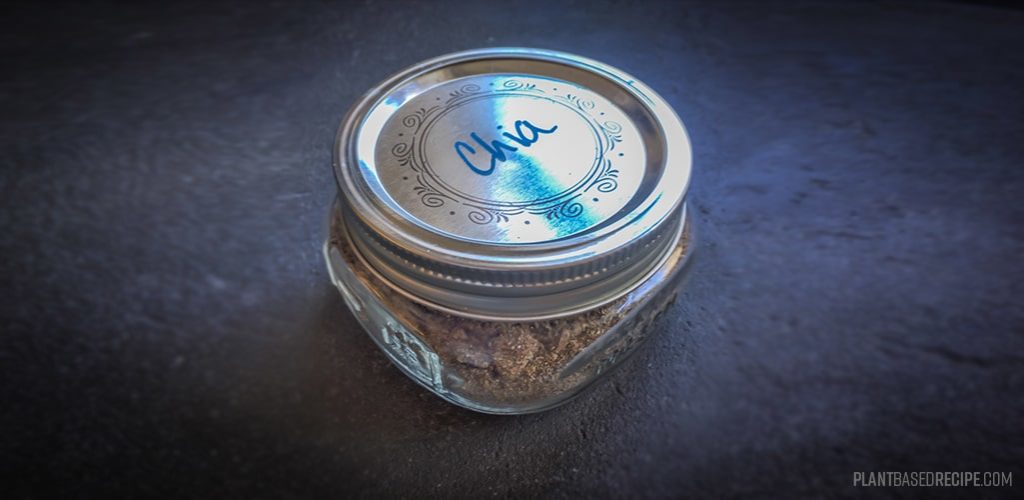
Nuts, seeds, and legumes may not be as inexpensive as some of the previous items on this list, but they are packed with nutrition and health benefits (like protein, fiber, and nutrients like magnesium). They are also higher in calories so you do not need much of these food items to go a long way. A small handful of nuts and seeds can keep you going for hours as a mid afternoon snack.
This category also includes versatile healthy additions like flaxseeds and chia seeds, which are not only incredibly healthful but can be used for so many different purposes in your cooking (the gelatinous properties of a soaked chia seed or ground up flaxseed can help make puddings, jams, and more).
But there are lower calorie items in this category that are also relatively inexpensive too. Quinoa, commonly referred to as a grain, is actually a seed. It is an incredibly healthful addition to your diet, and an excellent substitute for refined grains and other carbs or starches (if you are trying to avoid them). You can also find this in bulk online, and can save a bundle if you look carefully. I saved about 50% by buying a 25lb bag of organic quinoa online instead of at the store even after shipping costs (I also purchased some other items to combine shipping and make everything more affordable as a result).
But search around, and between deals you can find online and other options at bulk discount stores like Costco, there is a huge variety of options that will help you save money.
Frozen vegetables and fruit
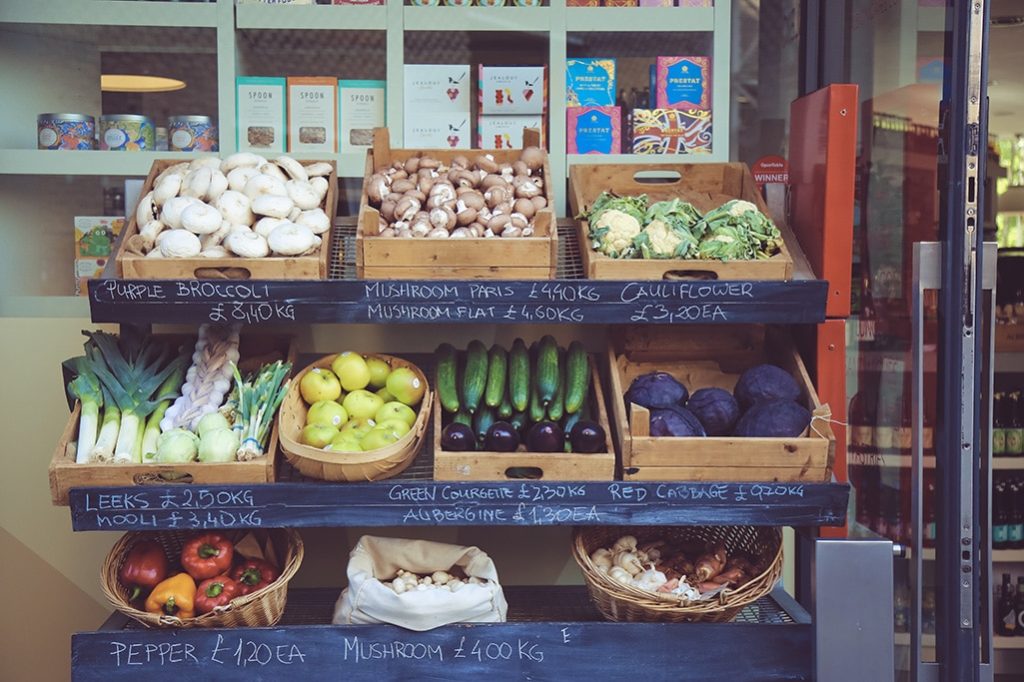
Frozen fruit and vegetable can be less expensive than their fresh equivalents, and is just as healthy to eat. The fruit and vegetables are flash frozen not long after they are picked, and the time between harvest and frozen is usually a lot shorter than the vegetables you find in the grocery store that have to be stored, shipped, and then put on the shelf. The longer the time is, the less nutrients may be in the produce – hence frozen can be a very nutritious option.
Of course, the texture and cut will often not be what you need, but on a budget you can find plenty of recipes that work with frozen vegetables. Also, they always work well in smoothies that are a cheap and easy way to eat healthy (I use them to hide whole food supplements I want to add to my diet, like ginger and turmeric golden paste).
What about organic vs conventional? Organic is generally more costly than conventional, although costs always fluctuate and this will depend on where you live. However, with some of the tips here you can try to make organic affordable.
If organic is still out of the question, there are some studies that suggest that a plant-based diet using conventional produce is still more healthful than the “standard American diet” that includes organic produce. You may wish to refer to this video series from Nutrition Facts for some input. So if you truly need to pick one or the other (standard American diet with processed foods vs. a whole food plant based diet) because of changing costs, you may want to opt for conventional produce instead of the processed alternatives. But personally, as long as I have the ability to purchase organic even if it means making cuts in other areas of my life, I will do so for the health of my family, farm workers, wild animals, and the environment (just my opinion, I know it is not an option for everyone).
However, be aware of the “dirty dozen”, which are the fruits and vegetables that may contain the most amount of pesticide residue. If you can choose to buy some organic produce, refer to this list from the EWG for prioritization. Links on the page should take you to the latest information regarding the “dirtiest” and “cleanest” produce you can buy.
Freeze dried or dehydrated fruit and vegetables
If you go camping or hiking, you have probably had dehydrated or freeze dried fruits and vegetables. They offer another option for consuming fruits and vegetables, and you may be able to even save a bit of money depending on where you source them. For example, you can find bulk sources online, and then because they are freeze dried you can store the produce for longer periods of time (often up to 2 years). Two sources of freeze dried produce include Mother Earth Products and Harmony House Foods (both available on Amazon and their own websites).
It depends on the fruit or vegetable in question, but rehydration of 1 lb of freeze dried produce can yield 10-20lbs of produce once rehydrated. If you watch for sales and discounts and stock up, you could save some money on the fresh equivalent. Note that you may want to focus on freeze dried sources, which offer better nutrition than dehydrated produce where greater nutrient loss will occur. Freeze dried food retains most of their original vitamin and mineral content, but may lose certain vitamins such as Vitamin C and others that tend to break down rapidly (Source: Original source at http://preventcancer.aicr.org/site/News2?page=NewsArticle&id=9917, by American Institute for Cancer Research – but source now removed).
Buy bulk or buy whole food
Perhaps the easiest option is to buy what you can in bulk. This can help you avoid food wastage, a costly expense, by enabling you to buy just what you need. And you will often save a bit of money doing so, as equivalent products that are pre-packaged may cost a bit more. Even produce can be purchased in bulk when you look for freeze dried or canned sources, or prepare to freeze a portion of the produce that you cannot use up in time.
Check out a package of peanuts, and then the cost for the same amount in the bulk section: it’s probably cheaper in bulk, and you can buy the same amount. The same often goes for lentils and more, and you can buy exactly the amount you need. The savings might be minor, but every little bit counts right?
DIY foods (and natural products too) – avoiding processed foods
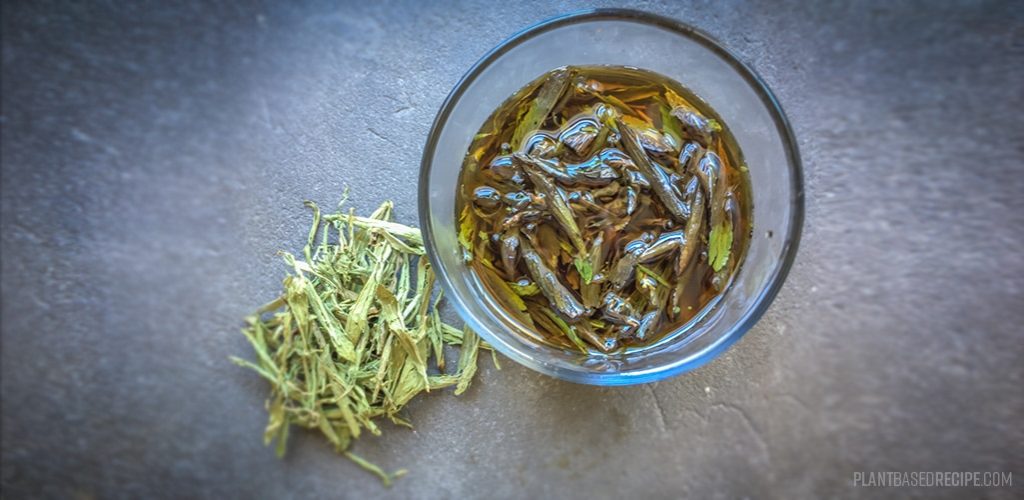
DIY (“do it yourself”) means that you make your own foods instead of buying processed alternatives. For example, you make your own granola bars instead of buying a packaged ones. Or you grind your own peanut butter. Homemade equivalent products can save money, often a lot. Making your own recipes is usually a lot cheaper than buying a finished product. This goes for many products, from protein bars to toothpaste.
A pound of nuts from the bulk section (see above) is often cheaper than the equivalent nut butter, and it’s pretty easy to make a nut butter at home if you have a blender. You can even get creative, and use products like chickpea flour (very inexpensive) to make tofu in a couple very easy steps. And you end up saving a ton of money as a result of very little labor!
You can also DIY nut milks using almonds, cashews, and even coconuts. When you make your own nut milks (soak, blend, strain) you can cut your costs in at least half. Soak, blend, strain (or if you have a masticating juicer you can use that to strain for even quicker nut milks), and some water, and you’re done and save a ton of money.
Not only do you save money, but DIY can help you avoid a lot of processed food additives, such as carrageenan that is added into certain nut milks (and should be avoided) or chemical-based preservatives in other dips and sauces.
DIY bath and body, too
And improving your health goes beyond the food you eat: Make your own bath and body products, such as shampoo, hand soap and toothpaste to avoid chemicals that can be absorbed through the skin, gums, or scalp. And the good news is you can often find all of the ingredients at a larger natural grocery store, like Whole Foods.
Homemade tooth pastes, shampoos, deodorants are all often healthier alternatives at a fraction of the cost. I made a tooth oil I use that costs $25+ to buy, but I DIY an equivalent for under a dollar. Sometimes there will be an upfront supply cost, but as long as the supplies keep you will be potentially set for years. DIY is often a lot easier than you might think, and you can control what goes into the product. Here’s another example of how easy it can be:
DIY hand soap from the grocery store
Want to save a ton on hand soap? Invest in one foaming pump (or reuse one you already have!), add a few tablespoons of liquid soap and fill the rest with water. Instant savings of a few dollars. Tooth powder and oil can cut the cost from $20 or more to a dollar or even less. An added benefit is being able to avoid some of the nasty chemicals you might read on an ingredient list.
Irregular (ugly or imperfect) produce
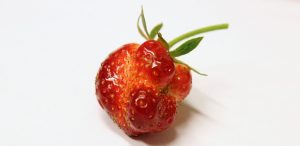
Look for ugly produce availability in your area (either delivered and some stores are starting to carry it). What is ugly produce? It’s fresh vegetables and fruit that you can get at a discount just because it’s irregularly sized or shaped. It’s perfectly edible and fresh, just not to the cosmetic standards of a typical grocery store.
Ugly produce carries a couple benefits:
- You save money.
- You help remove this food from the landfill.
Food waste is a huge problem in North America, estimated at 30-40% of the food supply by the USDA, and supporting organizations that work to distribute this produce to customers helps reduce the amount that goes into the landfill. To understand the extent of this problem, refer to the Feeding America site, and these articles.
If you do find a local delivery for imperfect produce, check the reviews. As with any delivery service, your mileage will vary on quality of service particularly with new companies (the quality and/or accuracy of the shipment). I had problems with mine, but this doesn’t mean this will be the case for other services or even this one once they work out the kinks. But reports say that ugly produce may be on its way to markets like Whole Foods and more, so it’s something to watch for in your area.
What do you do to save money?
What are your tips for saving money at the grocery store? Did you bills go up or down when you started a plant-based diet?
[sub]
Featured image: open source via unsplash.
- Pad Thai Protein Salad recipe from The Plant-Based Cookbook + Book Review and Giveaway! - December 9, 2020
- Lemon ginger bowl sauce with miso recipe (Oil free, no added sodium) - November 30, 2020
- New vegan bacon at Whole Foods Market – 300 store roll-out - November 15, 2020

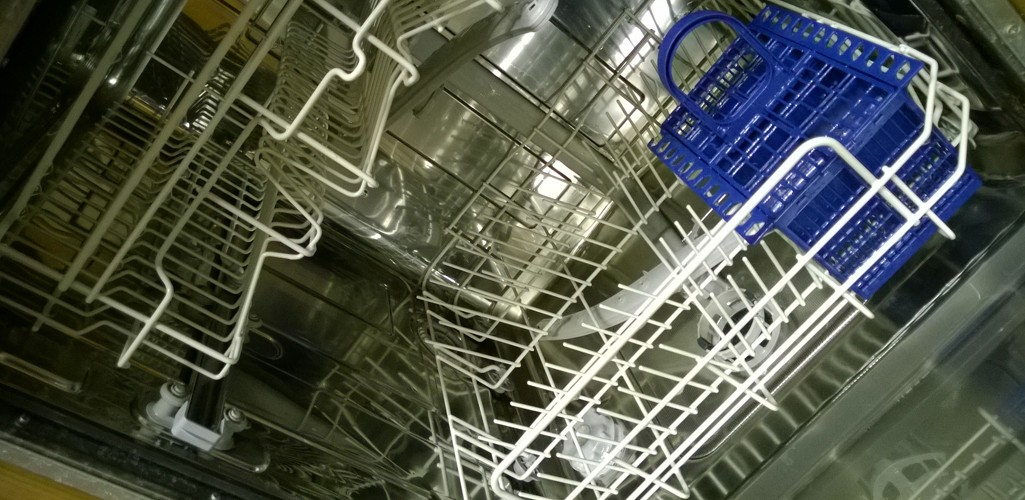
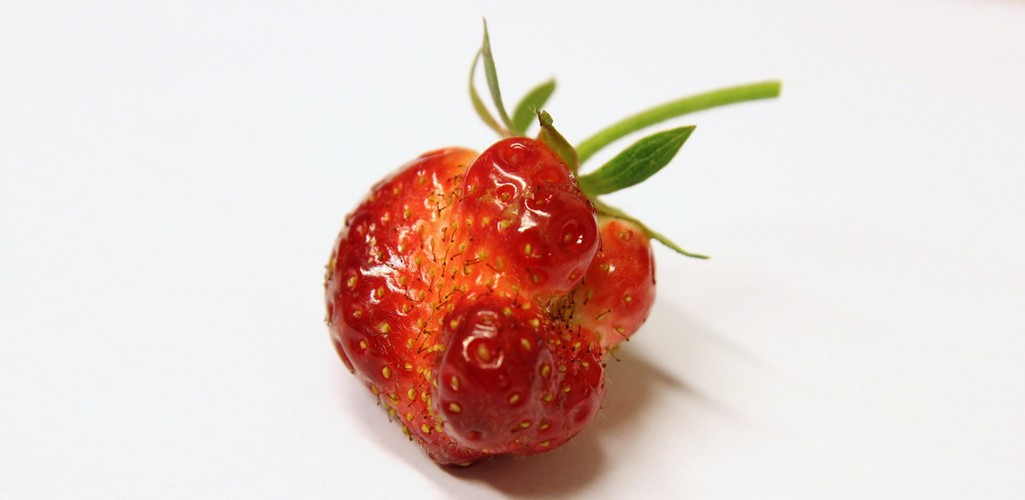
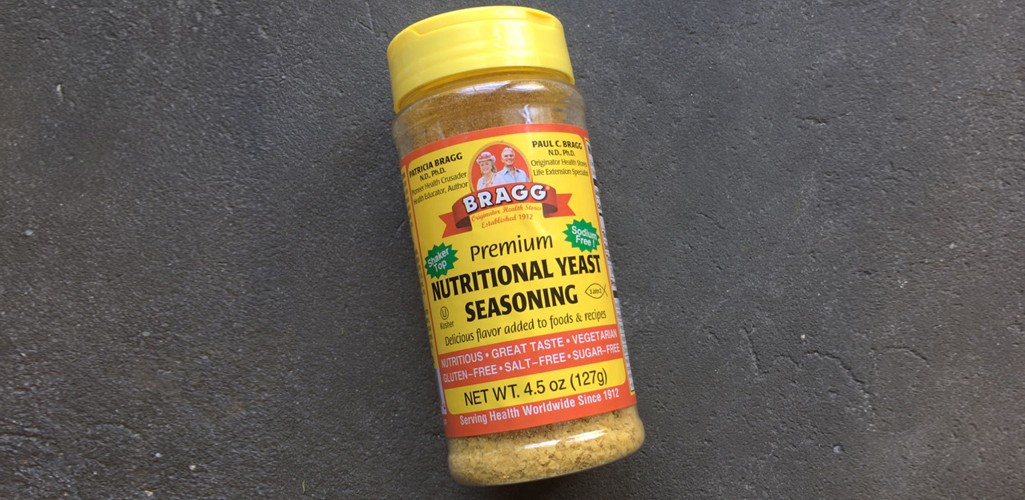
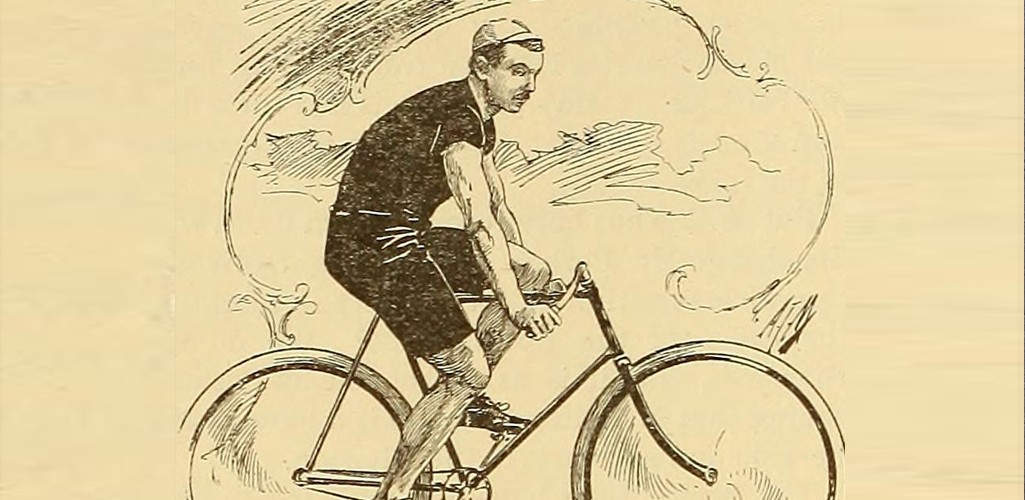

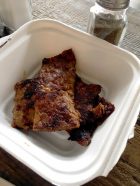
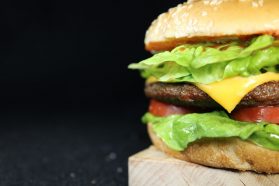
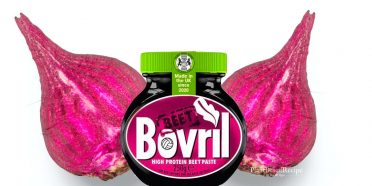


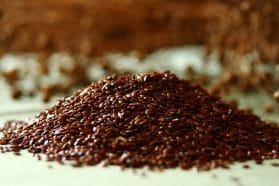
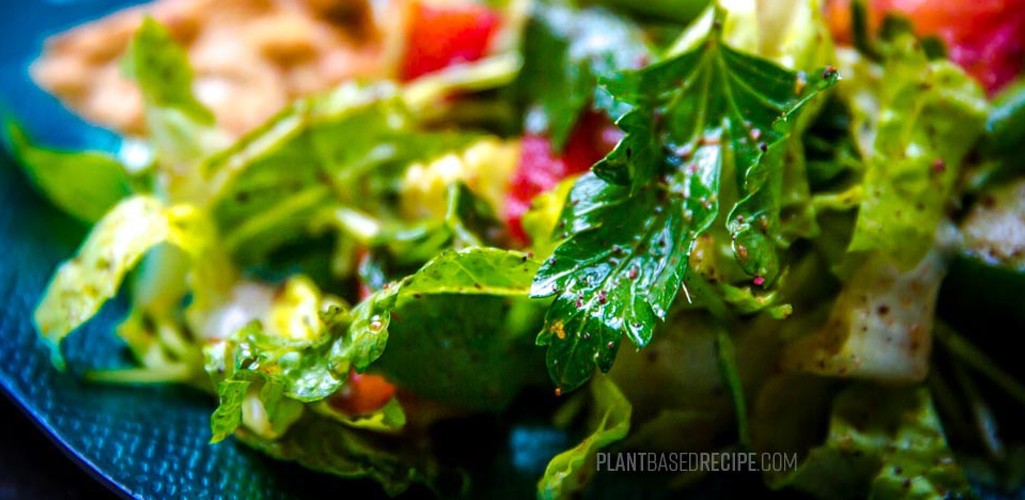

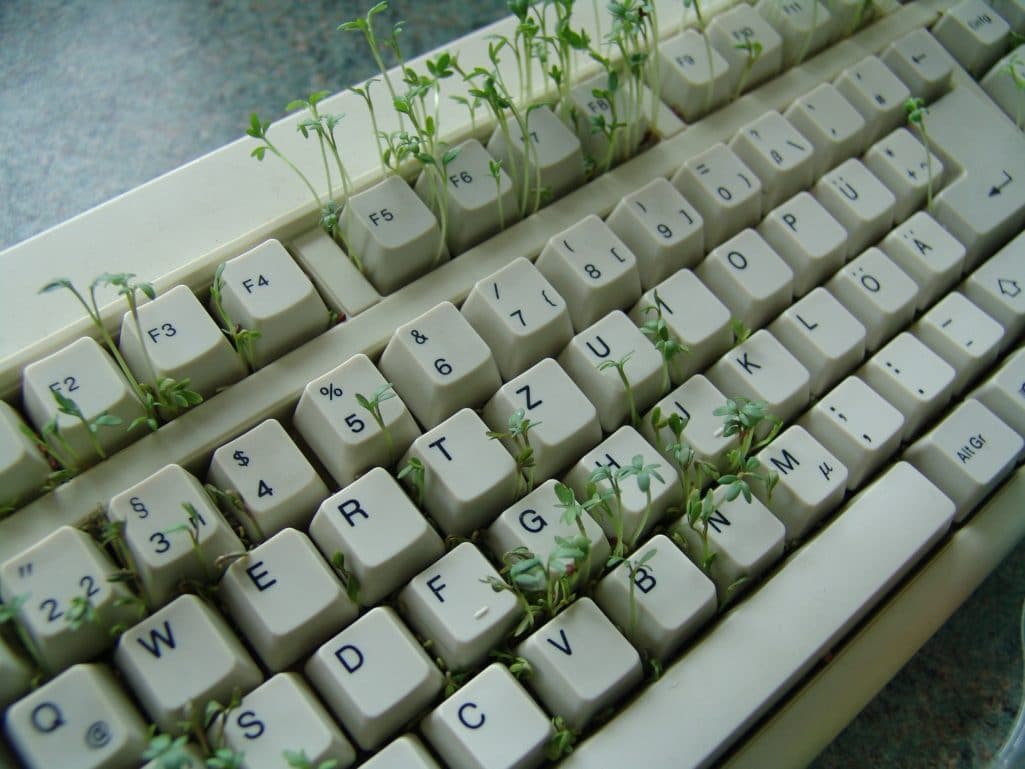
Rhys
Hi there, re: bulk foods, in my area bulk bins tend to be about 1.5-3x the price per kilo vs prepackaged products with worse quality due to oxidation. Is this different in your area?
Jen (PlantBasedRecipe.com)
Hi Rhys,
It’s probably very location specific and item specific, but our bulk sections are usually cheaper (and sometimes dramatically so)– but obviously not always. And yes, quality will depend entirely on the processes of the individual grocery store.
You can also look online to check out bulk pricing, which may also help with the quality concern as it will be packaged with an expiration date. I saved immensely buying a 25lb bag of lentils, for example, from an online provider and because they were fairly large the product was fresh and has lasted.
Another way to tackle it is investigating whether a grocery store can either order and/or sell you a bulk bag of whatever item. A local grocery store offers this service, and is selling the big bags of many kinds of dry goods (beans, lentils, etc) at wholesale + 10%. We do this with items we use a lot as they are quite versatile (chickpeas, pinto beans). If the bag is too large and you can’t go through it in time, you could perhaps split it with people you know.
Good luck!